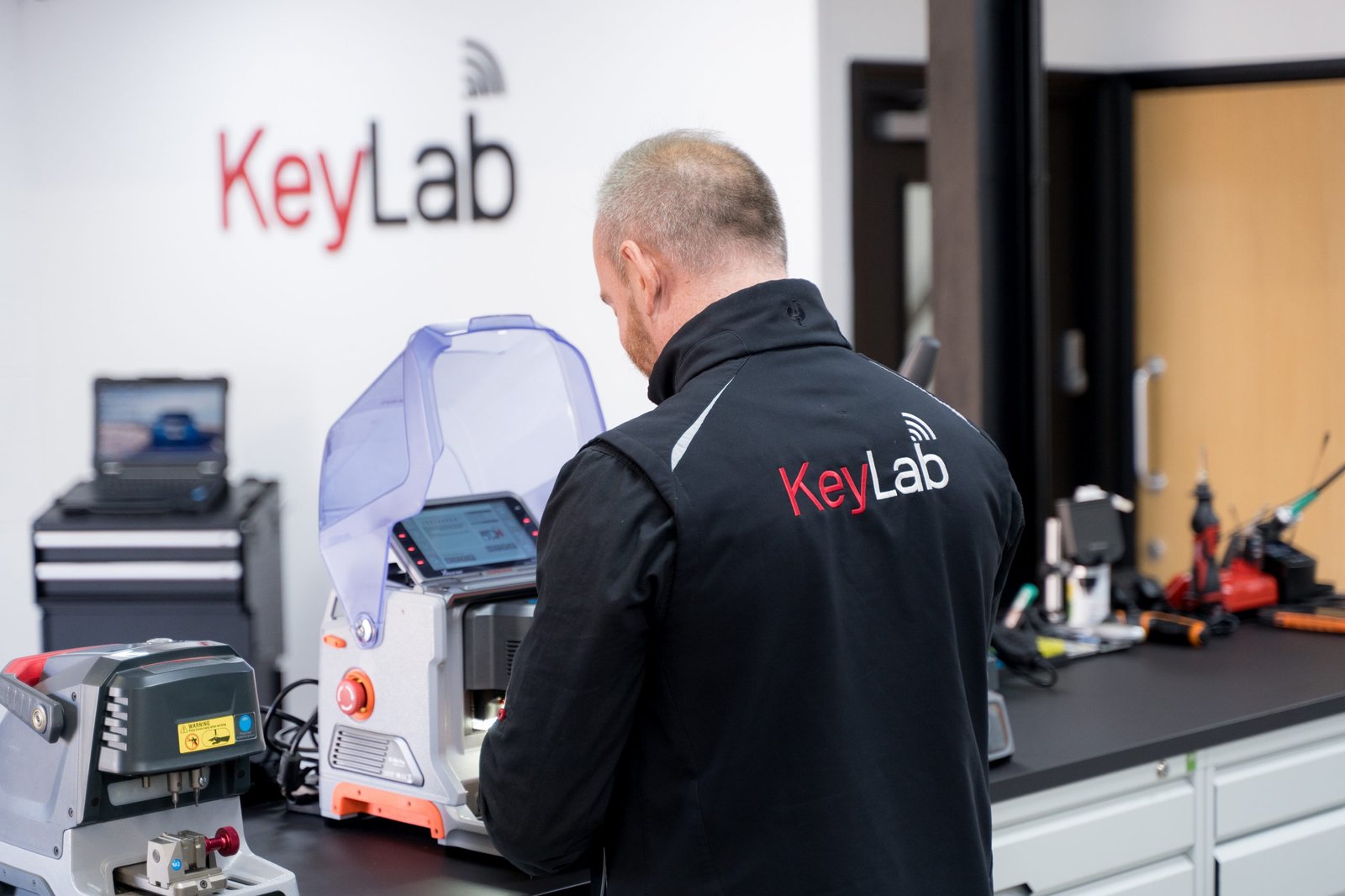Key Replacements: An In-Depth Guide to Understanding and Implementing Effective Substitutions
Introduction
In the world of different markets-- from vehicle to technology-- the term "key replacements" represents the practice of replacing a stopping working or inadequate component with a new or enhanced version. Understanding key replacements is crucial for preserving operational effectiveness, enhancing performance, and making sure security. This short article dives into the different aspects of key replacements, exploring their value, implementation techniques, and common questions surrounding the topic.
What Are Key Replacements?
Key replacements refer to the process of replacing a vital component within a system, device, or equipment that is pivotal to its performance. These replacements can take place in multiple sectors, consisting of vehicle, innovation, and even human resources. By proactively recognizing and replacing crucial parts, organizations and individuals can prevent system failures, maintain performance, and enhance safety.
Importance of Key Replacements
The significance of key replacements can not be overemphasized; they serve different functions that contribute to the overall effectiveness of systems. Some of their critical roles consist of:
- Preventing System Failures: Key replacements help avoid disastrous failures by addressing worn-out or malfunctioning parts before they develop considerable issues.
- Enhancing Performance: Upgrading to newer parts can improve system efficiency, leading to improved output and efficiency.
- Cost-Efficiency: Effective replacements can decrease repair expenses, extend the life expectancy of the entire system, and eventually conserve money.
- Security Assurance: In sectors like automotive and machinery, key replacements guarantee that security standards are preserved, reducing threats to workers and users.
- Compliance: In managed markets, prompt replacements might be a legal requirement to fulfill security requirements.
Key Replacement Strategies
Carrying out key replacements effectively needs a tactical approach that aligns with the operational objectives of a company. Below are several techniques to think about:
1. Regular Maintenance and Inspections
Conducting regular maintenance and assessments can help determine components that might require replacement before they fail. A distinct upkeep schedule ought to include:
- Visual Inspections: Check for noticeable indications of wear or damage.
- Performance Monitoring: Track the performance of key elements.
- Use Analysis: Keep records of how often a component is used, which can predict wear patterns.
2. Data-Driven Decision Making
Making use of information analytics can assist organizations make notified choices concerning when to replace key components. Implementing systems for information collection can lead to:
- Predictive Maintenance: Identifying possible failures before they occur utilizing historic information.
- Expense Analysis: Evaluating the expense ramifications of repairing versus changing elements.
3. Cooperation with Suppliers
Establishing strong relationships with suppliers and producers makes sure access to quality components and timely replacements. Appropriate partnership can result in:
- Favorable Terms: Negotiating much better costs and terms.
- Quality control: Gaining confidence in the quality and reliability of replacement parts.
4. Training and Education
Informing and training workers included in the replacement process can considerably boost performance. Providing information on finest practices and brand-new technologies can assist guarantee:
- Maximized Efficiency: Employees comprehend the ideal techniques for changing components.
- Lowered Errors: Minimized danger of errors during the replacement procedure.
Kinds Of Key Replacements Across Industries
Key replacements differ throughout markets, each with its specific elements and practices. Below are some typical types in different sectors:
Automotive Industry
| Element | Replacement Reason |
|---|---|
| Engine Oil | Prevent wear and enhance performance |
| Brake Pads | Ensure security and responsiveness |
| Tires | Improve traction and fuel efficiency |
Innovation Sector
| Component | Replacement Reason |
|---|---|
| Hard disk drives | Boost information access speed |
| Batteries | Restore device portability and performance |
| Circuit Boards | Improve device dependability and longevity |
Manufacturing
| Component | Replacement Reason |
|---|---|
| Conveyor Belts | Preserve operational efficiency and safety |
| Safety Guards | Support health and safety compliance |
| Bearings | Reduce friction and help with smooth operation |
Frequently Asked Questions About Key Replacements
1. What is the most vital reason for replacing key components?
The most critical factor for replacing key parts is to make sure system dependability and safety, avoiding failures that could cause pricey downtimes or unsafe scenarios.
2. How typically should I think about key replacements?
Key replacements need to be thought about based upon the specific component's wear pattern, efficiency metrics, and maintenance schedule. Routine evaluations ought to determine the proper periods for replacements.
3. What should I do if I am unsure about a component's condition?
If unsure about an element's condition, it is suggested to perform an extensive examination, evaluation efficiency data, and seek advice from professionals or producers for professional assistance.
4. Is it much better to fix or replace a key element?
The decision to repair or replace a key component depends upon cost-effectiveness, reliability, and long-lasting advantages. Frequently, replacement may be more feasible when considering life expectancy and performance metrics.
5. Where can Car Key Replacements find reputable replacement parts?
Reliable replacement parts can usually be found through authorized dealerships, reliable providers, or straight from makers. Always verify their reliability and check evaluations before acquiring.
Key replacements are an essential component in maintaining operational performance and security across different markets. By comprehending the significance of these replacements, executing tactical methods, and addressing typical inquiries, organizations can guarantee that their systems remain robust and dependable. Future improvements in technology and data analytics will further boost the depth and precision of key replacements, continuing to drive enhancements in efficacy and safety. Engaging proactively with this concept can considerably reduce threats and elevate overall efficiency in any functional context.

